Diversity
Diversity is based on an understanding of the past of the many individual experiences and localities in order to establish a broadly based understanding of the past. In the same way that the big picture relates to local, national and world dimension. Diversity needs to include an appreciation of experiences from rich and poor, men, women and children and different ethnic groups and different period of the past.
Sort by:
Date (Newest first) | Title A-Z
Show:
All |
Articles |
Podcasts |
Multipage Articles
-

Migration to Britain through time
ArticleClick to view -
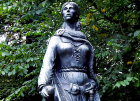
Scheme of Work: Grace O'Malley
ArticleClick to view -
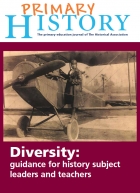
Primary History Summer Resource 2019: Diversity
ArticleClick to view -

Three first-class ladies – teaching significant individuals in Key Stage 1
ArticleClick to view -

Ideas for assemblies: LGBT History Month
ArticleClick to view -

For whose God, King and country? Seeing the First World War through South Asian eyes
ArticleClick to view -

World War I: widening relevance in the modern world
ArticleClick to view -

Women’s History Month: Female Voices
ArticleClick to view -
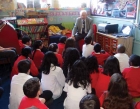
Is There a Place for The Holocaust in the Primary Curriculum?
ArticleClick to view -

Ideas for Assemblies: Refugee stories
ArticleClick to view -
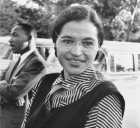
Why is diversity so important and how can we approach it?
ArticleClick to view -
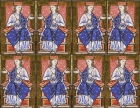
Anglo-Saxon Women
ArticleClick to view -
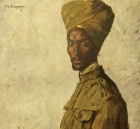
Lions of the Great War: How are Sikh soldiers of the First World War seen today?
Multipage ArticleClick to view -
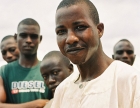
History supporting global learning
ArticleClick to view -

Ancient Sumer
ArticleClick to view -

From Home to the Front: World War I
ArticleClick to view -

Early Islamic civilisation
ArticleClick to view -

Assessment and Progression without levels
ArticleClick to view -
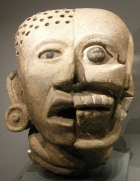
The Maya: a 4,000-year-old civilisation in the Americas
ArticleClick to view -
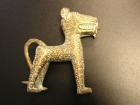
Eweka's story: Benin and Big Picture History
ArticleClick to view

